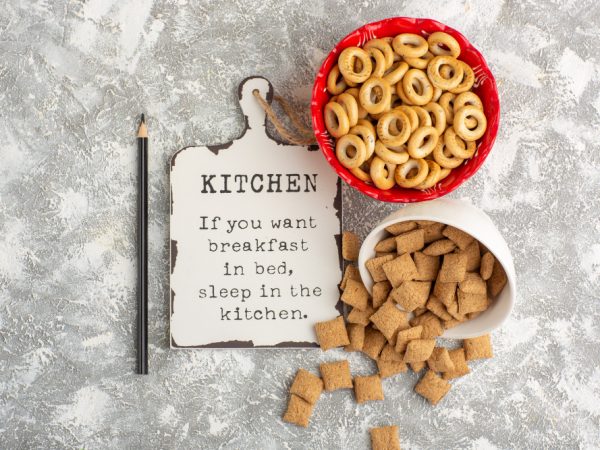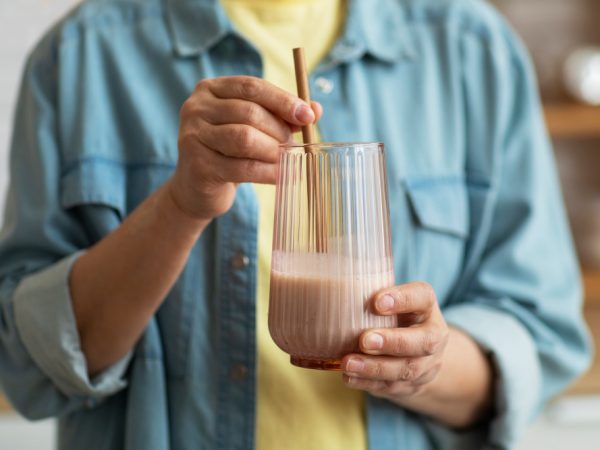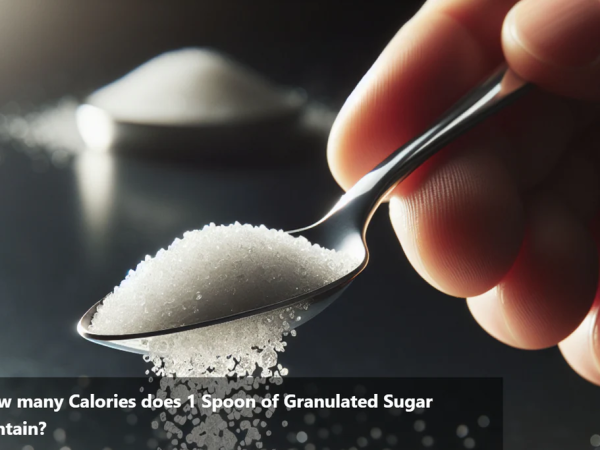Prata Tissue – The Crispy, Paper-Thin Delight of Singaporean Cuisine

Singapore’s culinary scene is a melting pot of cultures, and among its street food legends is the dazzling and delicious Prata Tissue. A dish that turns heads and delights taste buds, prata tissue is a playful twist on the traditional roti prata—only thinner, taller, and crispier.
Often resembling a golden pyramid or crunchy paper tent, prata tissue is as much a visual spectacle as it is a sweet, buttery treat. Whether you’re a local foodie or an adventurous traveler, discovering prata tissue is a must when exploring Singapore’s vibrant hawker culture.
Let’s dive into the fascinating world of prata tissue—from its origins and preparation to where you can find the best versions of this delightful dish.
The Origins of Prata Tissue: A Modern Take on Tradition
To understand prata tissue, we first need to look at its predecessor: roti prata. A popular South Indian-inspired flatbread in Singapore and Malaysia, roti prata (also known as “roti canai” in Malaysia) is typically soft, pan-fried, and served with savory curry.
Prata tissue (sometimes called “roti tissue”) emerged as a modern variation, believed to have originated in Singapore in the late 20th century. Creative prata chefs began stretching the dough thinner and frying it to a crisp, then shaping it into towering cones to attract customers and satisfy sweet cravings.
Its evolution was not just about taste, but also theatrics—creating a showstopper that stood out in bustling food courts and hawker centers.
How Prata Tissue Is Made: A Culinary Balancing Act
Creating the perfect prata tissue requires skill, speed, and precision. Unlike standard prata, which is thicker and chewy, tissue prata needs to be stretched until it’s almost transparent—just millimeters away from tearing.
Key steps in preparation
- Dough base: Made from flour, water, ghee (clarified butter), and sometimes sugar.
- Resting: The dough is allowed to rest for hours to become pliable and stretchy.
- Stretching: The rested dough is flung and stretched into a massive thin sheet.
- Crisping: It’s then laid over a hot flat grill (tava) with a brush of ghee or margarine to crisp up.
- Shaping: The thin sheet is folded or rolled into a cone or fan shape, depending on the presentation.
- Topping: Often finished with a dusting of sugar or drizzled with sweetened condensed milk.
It’s a balancing act of texture—achieving golden crisp edges while maintaining just a hint of softness inside.
Taste & Texture: Why It’s Addictively Good
Prata tissue isn’t just about looks—it delivers on flavor and mouthfeel. The first bite reveals a loud crackle, giving way to buttery notes and just the right level of sweetness. Here’s what makes it stand out:
- Ultra-thin layers: Light and airy, yet satisfying.
- Crispy exterior: Similar to caramelized pastry.
- Buttery aroma: Thanks to generous ghee or margarine use.
- Sweet & savory balance: When topped with sugar, honey, or chocolate syrup, it becomes dessert-like.
It’s often served with a scoop of ice cream or even alongside a small bowl of curry for a fusion of sweet and savory.
Prata Tissue vs. Traditional Roti Prata
While both dishes share a common heritage, prata tissue and traditional prata differ greatly in presentation and use. Here’s a quick comparison:
| Feature | Roti Prata | Prata Tissue |
| Thickness | Thick and doughy | Paper-thin and crispy |
| Texture | Chewy, soft | Crisp, brittle |
| Shape | Round or square | Cone, fan, or tower |
| Flavor profile | Savory | Sweet (usually) |
| Common pairings | Curry, dhal | Sugar, condensed milk |
| Meal type | Breakfast/Lunch | Snack/Dessert |
Think of prata tissue as the light, crispy cousin of roti prata, designed to satisfy sweet cravings and steal the spotlight.
Variations of Prata Tissue: From Classic to Creative
One of the reasons prata tissue has become so beloved is the sheer number of ways it can be served. Here are some popular variations:
Original Sugar Prata Tissue
The classic version with a simple sprinkle of fine sugar, highlighting the crispy layers and buttery taste.
Honey Tissue
A drizzle of honey adds a floral sweetness and sticky finish.
Condensed Milk Tissue
Sweetened milk makes this version rich, creamy, and ultra-decadent.
Chocolate Tissue
Perfect for dessert lovers, with chocolate syrup or Nutella topping.
Rainbow or Ice Cream Tissue
Modern takes include colorful syrups or a scoop of vanilla or durian ice cream on the side.
These versions are especially popular with kids and late-night snackers, turning a humble hawker dish into a full-blown dessert experience.
Where to Try the Best Prata Tissue in Singapore
While you can find prata tissue at many Indian-Muslim eateries across Singapore, certain spots have built reputations for mastering the art of the dish:
The Roti Prata House (Thomson Road)
A well-known spot with ultra-crispy tissue prata and great topping options.
Springleaf Prata Place
Offers unique fusion options like Prata Bombs and Tissue Prata with modern spins.
Casuarina Curry
Famous for their fluffy traditional prata, their tissue version is just as delightful.
New Mahamoodiya (Opposite Simpang Bedok)
Open late and popular with supper crowds, their chocolate tissue prata is a hit.
Mr. and Mrs. Mohgan’s Super Crispy Roti Prata
Though better known for traditional versions, their tissue prata is crisp perfection.
Don’t forget to order hot teh tarik (pulled tea) to accompany your prata—a match made in foodie heaven.
Cultural Significance: A Modern Icon in Hawker Fare
Despite its relatively recent invention, prata tissue has become a beloved fixture in Singapore’s hawker food culture. It bridges generations and backgrounds—appealing to nostalgic locals, sweet-toothed teens, and curious tourists alike.
It also represents Singapore’s spirit of innovation: taking a traditional dish and evolving it into something exciting, Instagrammable, and universally loved. Prata tissue isn’t just food—it’s a celebration of texture, creativity, and community.
Conclusion
In a city brimming with culinary wonders, Prata Tissue stands tall—literally and figuratively. It’s more than just a crispy snack; it’s a work of edible art that combines tradition, innovation, and irresistible flavors.
Whether you enjoy it plain with sugar, drizzled in honey, or topped with ice cream, prata tissue is guaranteed to impress both your eyes and your taste buds. So the next time you’re wandering through a Singaporean food center, keep your eyes peeled for a golden tower of goodness—it might just be your new favorite treat.
FAQs
1. What is prata tissue made of?
Prata tissue is made from a simple dough of flour, water, and ghee or margarine. It’s stretched very thin and pan-fried until crispy.
2. Is prata tissue sweet or savory?
It is typically sweet, often topped with sugar, condensed milk, or chocolate. Some may serve it plain or with savory dips as a novelty.
3. Where can I try prata tissue in Singapore?
Hawker centers and Indian-Muslim eateries like Springleaf Prata Place, Casuarina Curry, and The Roti Prata House are popular spots.
4. Is prata tissue vegetarian?
Yes, most versions are vegetarian. However, check for toppings or sauces if you follow a strict vegetarian diet.
5. Can I make prata tissue at home?
While possible, it requires skill to stretch the dough ultra-thin. It’s best enjoyed at eateries where skilled prata chefs can prepare it fresh and crispy.
Also read: Baja America: 10 Festivals and Events Worth Planning Around










